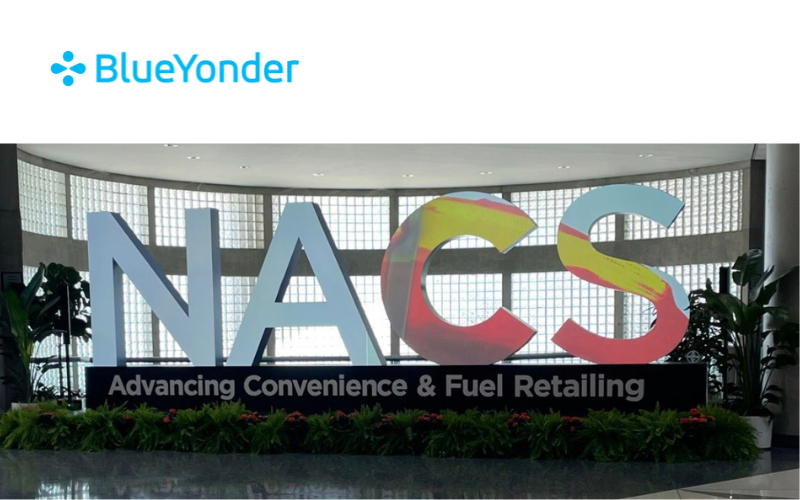National Association of Convenience Stores (NACS) Show is the “can’t miss event of the year” in convenience; it continues to be a place for the industry to gather, learn, connect, and innovate. This year’s theme of “Winning Together” was on full display in Atlanta in early October.
For me, attending the NACS Show is not a trade show, it is a family reunion of sorts mixed with innovation, inspiration, education, and fellowship. If you have been in the industry long enough, you will walk the show and run into people who have made an impact on your career, comparable to running into classmates and teachers from your youth. Sharing stories and seeing success as former colleagues are speaking on stage or being recognized as a top leader in the industry is common at this event. There is just such a different feeling of emotions being at NACS where it is truly a tight knit community of people that genuinely care about each other, even those that compete against each other.
I was surprised to meet quite a few people who had never attended the NACS Show; their reaction summarized in one word: WOW! With 1,200+ exhibitors covering 420,000 square feet it can be overwhelming to be one of the 20,000 attendees. And NACS isn’t just a trade show, it has a major emphasis on education with over 50 sessions that cover a spectrum of topics important to convenience retailers, suppliers and wholesalers.

What are the major areas of convenience focus in 2023? Labor, Technology, Food Service, and, of course, Innovation. The Show is an incredible place to see all the new product innovations; that has always been a huge reason for attending along with the Food Service opportunities. But what really stood out to me was the conversations/education centered on labor and technology. Every retailer I talked with discussed the challenges they are facing with finding and retaining talent, as well as beginning to transform their technology infrastructure.
For labor, it is clear that store teams need to be freed up to focus on enhancing the customer experience, manage QSR comparable food service, and not be spent managing inventory and other tasks that technology can take off their plate. It is time to remove remedial tasks and upskill the store team to be focused on elevating the store experience where technology cannot replace a human.
Technology change has hit the tipping point for convenience; no longer are retailers treating technology as a nice-to-have or unnecessary expense, they are looking at technology as a necessity to survive and compete. With new technologies like Cooler Screens, electronic shelf labels, camera vision, and AI, we are seeing a huge embrace of technology being core to convenience.
While these technologies may not be fully embraced by every retailer immediately, there are a few areas that every retailer seems to be actively working on: Category Management, Forecasting & Replenishment, and Workforce Management. Retailers are looking to localize assortment; efficiently use their limited space; provide food service that competes with Quick Serve Restaurants; and maximize their in-store team by matching sales, food prep, and task management to available labor and capabilities.
A few of my key takeaways from this year’s event:
- Focus on Enhancing Customer Experience: Retailers are recognizing the importance of freeing up their store teams from routine and remedial tasks so that they can concentrate on providing a better customer experience. This means utilizing technology to automate inventory management and other mundane tasks.
- Key Areas of Technology Adoption: While not all retailers may immediately adopt every available technology, there are certain areas where technology is being actively adopted:
- Category Management: Retailers are using technology to better understand and optimize product assortments based on local preferences and space constraints.
- Forecasting & Replenishment: Accurate demand forecasting and efficient inventory replenishment are crucial to minimizing waste and ensuring products are available when customers need them.
- Workforce Management: Retailers are leveraging technology to match the workforce with the demands of the store, including sales, food preparation, and task management, to ensure efficient use of labor resources.
- Competition with Quick Serve Restaurants (QSRs): Food service innovation has become core to convenience, with offerings comparable to quick serve restaurants and a wide variety of options. The days of 21-day shelf life sandwiches are over, and the new era of convenient fresh food service has arrived.
NACS is way more than a trade show, it is about connecting, learning, innovating, transforming, and Winning Together.
To learn how Blue Yonder can help you win visit www.blueyonder.com.

